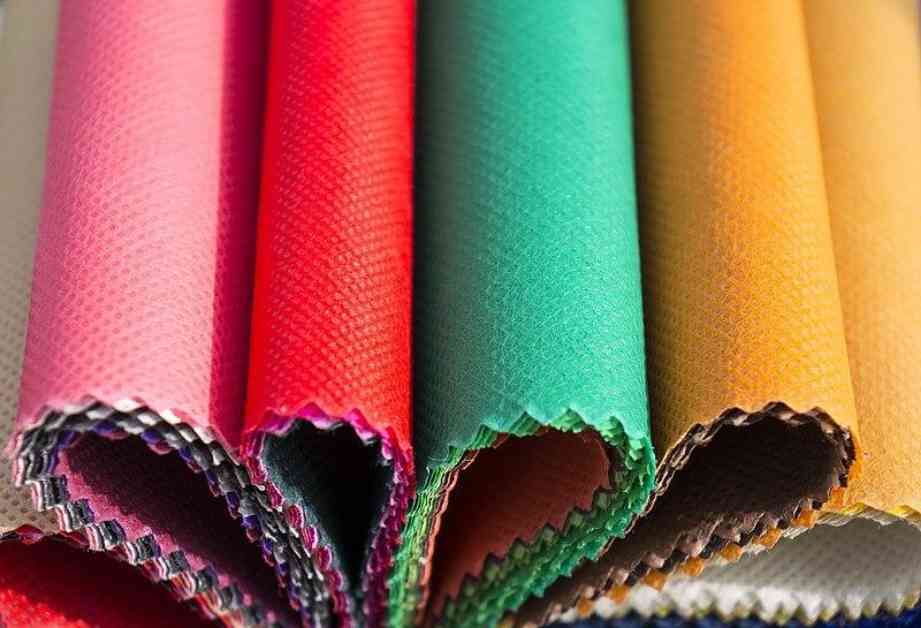The global market for hygienic non-woven fabrics is experiencing significant growth, as highlighted in the Global Hygienic Non-Woven Fabrics Market Report by Market Research Forecast. This report provides a thorough analysis of market characteristics, sizing, estimates, and growth trends by segmentation, regional breakdowns, and countries. It also covers the competitive landscape, market shares of key players, and strategies crucial in the market. The insights provided in the report aim to help business decision-makers formulate better plans and make informed decisions to enhance profitability. Additionally, the study assists venture or private players in gaining a deeper understanding of the companies involved to make well-informed decisions.
The market for hygienic non-woven fabrics produces fabrics that are made from fibers bonded together through various treatments, rather than being woven or knitted. These fabrics are specifically designed for hygiene-related applications such as diapers, sanitary napkins, medical protective gear, and more. They offer features like high absorbency, softness, breathability, and protection against contaminants, making them ideal for personal care, healthcare, and hygiene applications. The market is being driven by factors such as the increasing awareness of health and hygiene, rising demand for disposable medical products, and the expansion of the baby care and elder care sectors. Furthermore, advancements in manufacturing technologies like spunbond and meltblown processes are shaping the market by offering improved performance and eco-friendly alternatives.
According to the report, the global hygienic non-woven fabrics market was valued at USD 12.9 billion in 2023 and is projected to reach USD 29.97 billion by 2032, exhibiting a CAGR of 12.8% during the forecast period.
One of the key drivers of market growth is the rising awareness regarding the benefits of textile chemistry in manufacturing. This factor is expected to aid in the overall growth of the market.
The report classifies the hygienic non-woven fabrics market based on processes (synthetic, biological) and applications (pharmaceutical, chemical, medical, personal care, cosmetics, paints & coatings, others). It also includes in-depth details on the business operations and financial structure of leading vendors in the market, along with key trends that have influenced the industry in the past and present. This information is valuable for companies seeking to enter or expand their presence in this market.
In conclusion, the Global Hygienic Non-Woven Fabrics Market Report provides a comprehensive overview of the market, including insights into market trends, key players, growth opportunities, and more. Stakeholders can benefit from understanding the regulatory framework and norms that impact the market, as well as the detailed primary and secondary research conducted to gather information. With reliable data sources and in-depth analysis, this report offers valuable insights for clients looking to achieve various market objectives, from global expansion to supply chain optimization.

